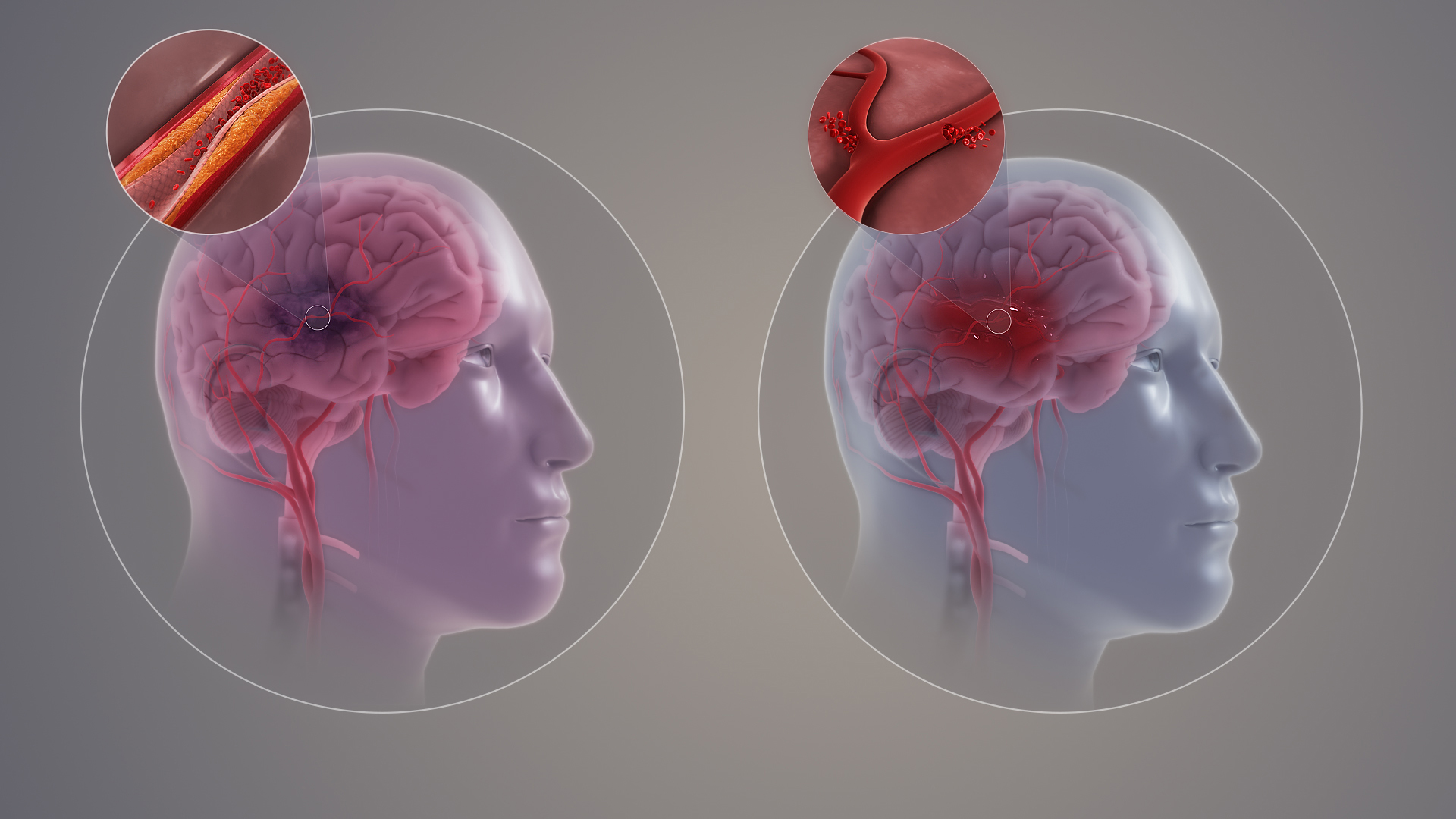Study by Kochi-based Amrita Institute of Medical Sciences shows that around 12 percent of people affected by stroke are under 45.

India has been seeing an alarming rise in non-communicable diseases, like stroke, in the recent years. (Creative Commons)
In a study done in Kerala, a shocking 85.7 percent of the people were found to be unaware of stroke symptoms.
The study done by the Kochi-based Amrita Institute of Medical Sciences also shows that around 12 percent of people affected by stroke were under 45 years of age. The study was done to assess knowledge of stroke risk factors and symptoms among stroke patients and caregivers.
Strokes are the leading cause of death and functional impairment globally among non-communicable diseases.
The study was conducted on in-patients of the Stroke Medicine Department from October 2020 to April 2021.
A total of 91 patients participated in the study. Patients diagnosed with current and recurrent strokes of age more than 18 years were recruited. Among the 91 patients, 56 (61.5 percent) were male and 35 (38.5 percent) were female.
The survey found the general awareness about stroke is minimal among stroke patients and family members.
“Kerala is a state with a high literacy rate; it is alarming that around 87.5 percent of the study participants is unaware of stroke symptoms, resulting in high morbidity and mortality,” said Dr Vivek Nambiar, head of the Stroke Medicine Department at Amrita Hospital.
“Even though most of the patients (90 percent) were taken to hospital, we found that awareness of stroke symptoms and risk factors was low in both the stroke patients and bystanders, causing delays in hospitalisation, which further adds on to the complexity of the condition,” Dr Nambiar, one of the authors of the study, said in a statement.
“A very important point which we always emphasise as doctors is that there is no first aid for stroke. Take the patient immediately to a hospital that has a CT facility,” he added.
“In India, the prevalence of stroke in the young is disproportionately high, compared with Western populations. Despite the implementation of specialised stroke units and thrombolytic therapy, the public remains uninformed about strokes, and only a few stroke patients arrive at hospitals in time to receive treatment,” said Dr Nambiar.
He added that the success of stroke management greatly depends on the public knowledge about stroke, particularly among individuals at high risk and their caregivers. He stressed there is a need to improve public knowledge about strokes.
The “red alert symptoms” for strokes, which everyone must be aware of, are:
The red alert apart, people with high blood pressure, diabetes, certain heart diseases like atrial fibrillation, high blood cholesterol, poor diet and nutrition, obesity, smoking, and alcohol consumption are all candidates for a stroke.
If you have any of these condition, doctors recommend regular check-ups and a Doppler test to keep a tab on the health of the heart and to look for atrial fibrillation.
Widespread awareness about stroke symptoms and the importance of receiving early medical attention — within the first few hours of the onset of a stroke — is necessary to minimise the disability caused due to strokes and maximise post-stroke quality of life.
“The healthcare provider, starting from the primary care physicians, should provide structured interventions to increase awareness and knowledge about stroke in public.
“Implementation of awareness programmes is imperative to improve the awareness and management of stroke,” a statement from Amrita Hospital said.

May 18, 2024

May 18, 2024

May 18, 2024

May 18, 2024

May 18, 2024

May 18, 2024